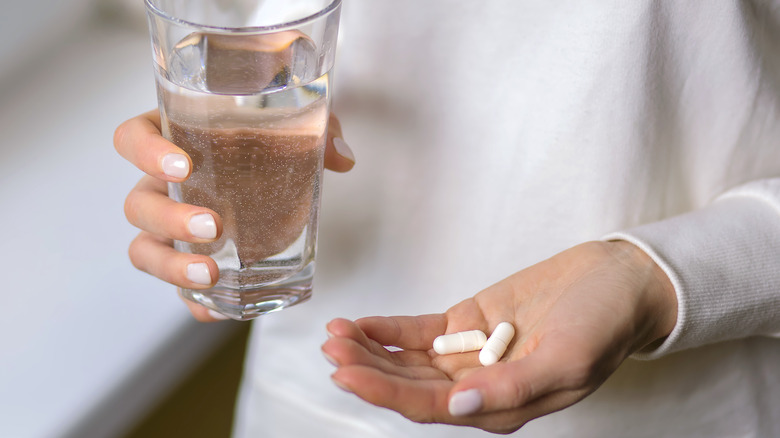How Is Chlamydia Treated?
Chlamydia, one of the most common sexually transmitted diseases (STDs), affects millions of people worldwide. The Centers for Disease Control and Prevention (CDC) reports that one in 20 sexually active women aged 14 to 24 has this infection. The disease is caused by Chlamydia trachomatis, a bacterium that spreads through sexual contact, as well as from mother to child during childbirth.
Only around 10% of men and 30% of women who contract the infection have symptoms. This is why the CDC recommends that people with risk factors get tested for chlamydia on a yearly basis, even if they have no symptoms.
In some cases, this disease may cause a fever, pelvic pain, backaches, and a burning sensation when urinating, says the Office on Women's Health. Other symptoms may include unusual vaginal discharge, spotting, testicular pain, or inflammation at the back of the testicles. Men may also experience urethral discharge, warns the CDC. Even if you don't have symptoms, you can spread the infection and develop complications.
For example, people infected with chlamydia may be more likely to contract or transmit Human Immunodeficiency Virus (HIV) than the general population, according to a 2013 review published in the Indian Journal of Medical Research. If left unaddressed, chlamydia can also lead to chronic pelvic pain, pelvic inflammatory disease, female infertility, and pregnancy complications, such as premature birth and ectopic pregnancy.
On the positive side, this STD is relatively easy to treat — especially when diagnosed early. The longer you wait to begin treatment, the higher the risk of complications.
What is the treatment for chlamydia?
Chlamydia is usually treated with antibiotics. The CDC recommends either 100 milligrams of doxycycline twice a day for one week or a single dose of azithromycin (1 gram). Alternatively, you may take 500 milligrams of levofloxacin once a day for one week. Your doctor will determine which drug you should take based on the form of infection (e.g., rectal or urogenital chlamydia), its symptoms, and other factors, such as the potential side effects of each antibiotic.
For example, the World Health Organization said in 2016 that erythromycin could be used as a treatment for Chlamydia in certain situations. The CDC, however, no longer recommends erythromycin because it's harsh on the stomach. Both doxycycline and azithromycin may cause digestive symptoms, but to a lesser extent than erythromycin.
With proper treatment, your symptoms should subside within seven to 14 days of treatment, notes the Mayo Clinic. As a general rule, abstain from sex for at least one week after starting antibiotics, and until you no longer have symptoms, recommends the CDC. Also, make sure your sexual partner gets treatment, too. In addition, you'll want to get tested for HIV, gonorrhea, and syphilis.
Another aspect to consider is that one in five people treated for chlamydia will get re-infected within a couple of months, reports the National Chlamydia Coalition. For this reason, it's best to repeat the test three months after treatment or even sooner (if you were treated while pregnant or your symptoms persist).


